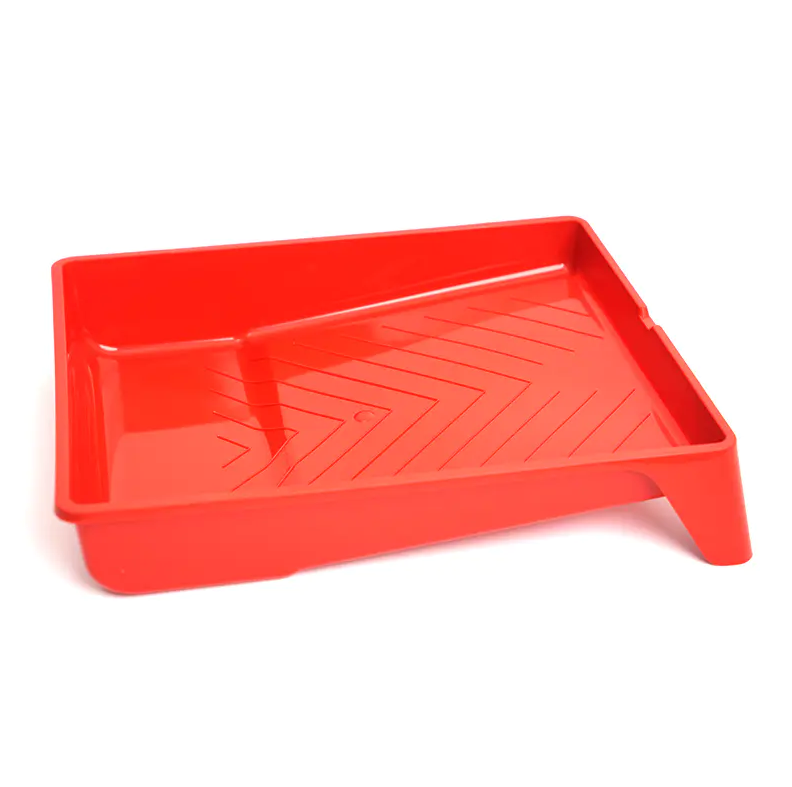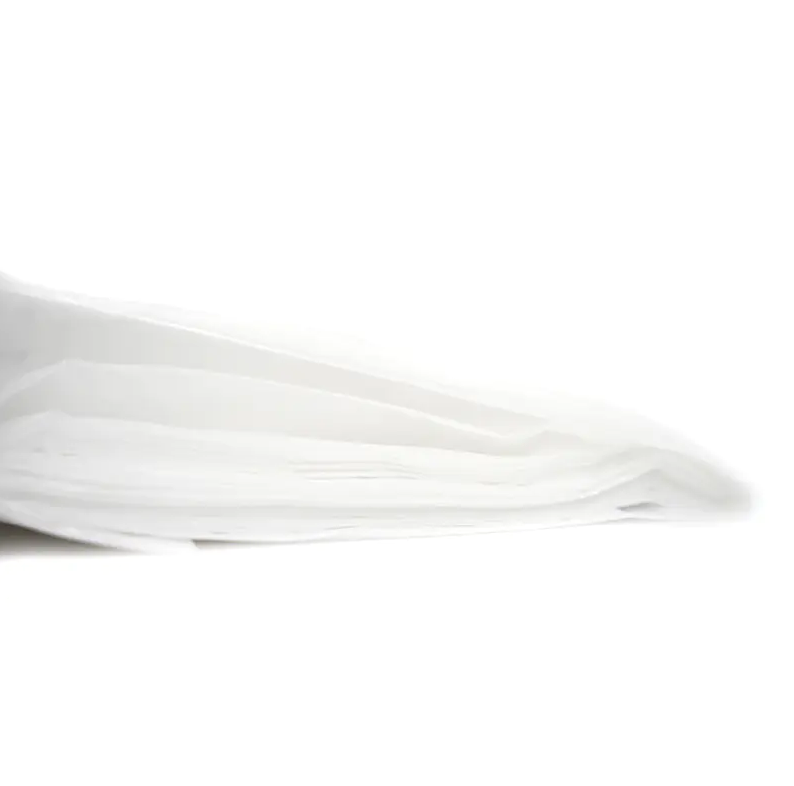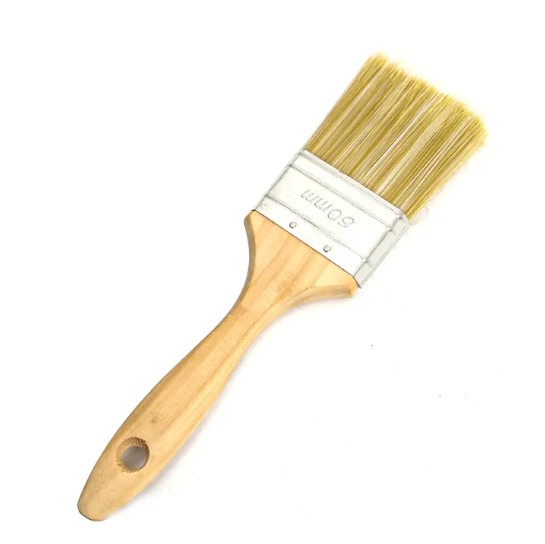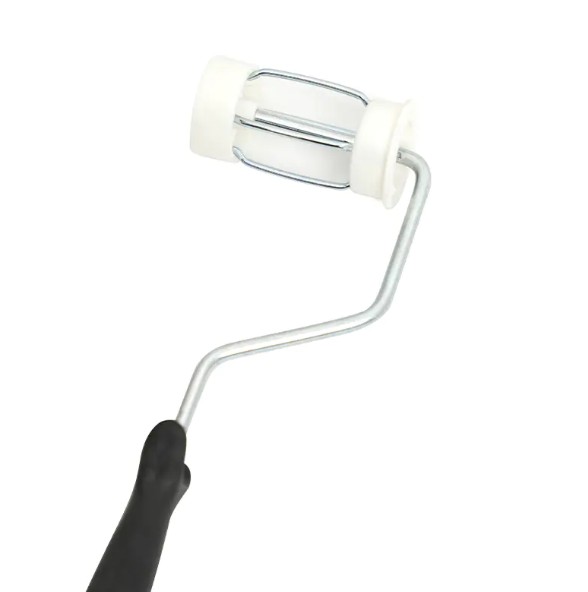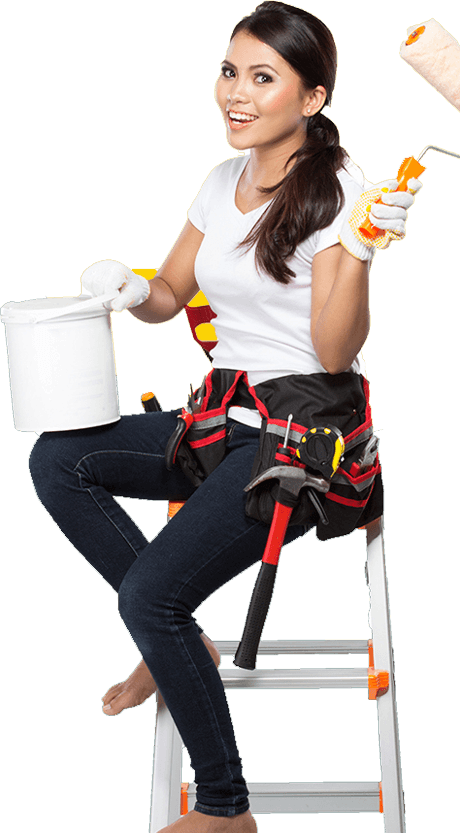PE Dust Sheet itself has good flexibility and ductility, but its tear resistance varies depending on thickness, process and usage. Thicker PE Dust Sheet is usually more tear-resistant and suitable for windy environments or occasions that require frequent pulling. Some high-end products will further increase the tensile strength by adding mesh fibers or using multi-layer composite processes to make it more tear-resistant.
In actual use, if the edge of the PE Dust Sheet is not reinforced, it is easy to tear from the edge when nailing or tying. In addition, direct scratches from sharp objects may also cause damage. Therefore, ordinary PE Dust Sheet is not easy to tear under normal use, but violent pulling or contact with sharp objects should be avoided. For harsh environments, it is recommended to choose thickened or composite reinforced products to improve durability.
When PE materials are exposed to the outdoors for a long time, they are prone to gradual aging due to ultraviolet rays, high temperature and oxidation, mainly manifested as brittleness, cracking, fading and reduced strength. Ultraviolet rays (UV) can damage the molecular structure of polyethylene, causing the material to lose its toughness and even show obvious deterioration within a few months. Low-quality PE cloth without UV protection may begin to age after 3-6 months of outdoor use, while products with added UV protection can significantly extend the service life, usually up to 1-3 years, depending on climatic conditions.
High temperature environment will accelerate the aging of PE materials, so when used in high temperature areas, it is recommended to choose products with stronger weather resistance. In addition, the correct storage method can also extend the service life of PE Dust Sheet, such as cleaning and dry storage after use, and avoiding long-term folding and compression to reduce the risk of stress cracking.
The selection of PE Dust Sheet should be focused on different usage needs. For short-term use (such as temporary covering on construction sites and short-term storage protection), ordinary PE Dust Sheet can meet the needs and is cost-effective. If long-term outdoor use is required, thickened and UV-resistant products should be selected, or composite dustproof cloth (such as PE+non-woven fabric) should be used to improve weather resistance.
In high-risk environments with strong winds or sharp objects, it is recommended to give priority to mesh-reinforced PE Dust Sheet or products with edge binding technology to reduce the risk of tearing. Through reasonable selection and proper maintenance, PE Dust Sheet can achieve a long service life while ensuring the protective effect, meeting the dustproof needs of different scenarios.



 Español
Español
